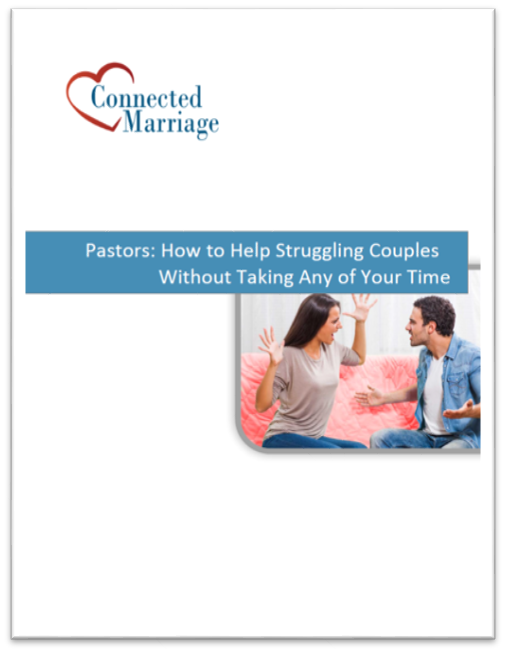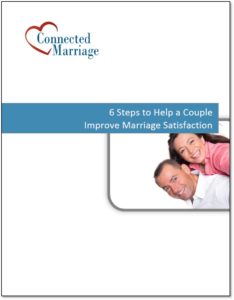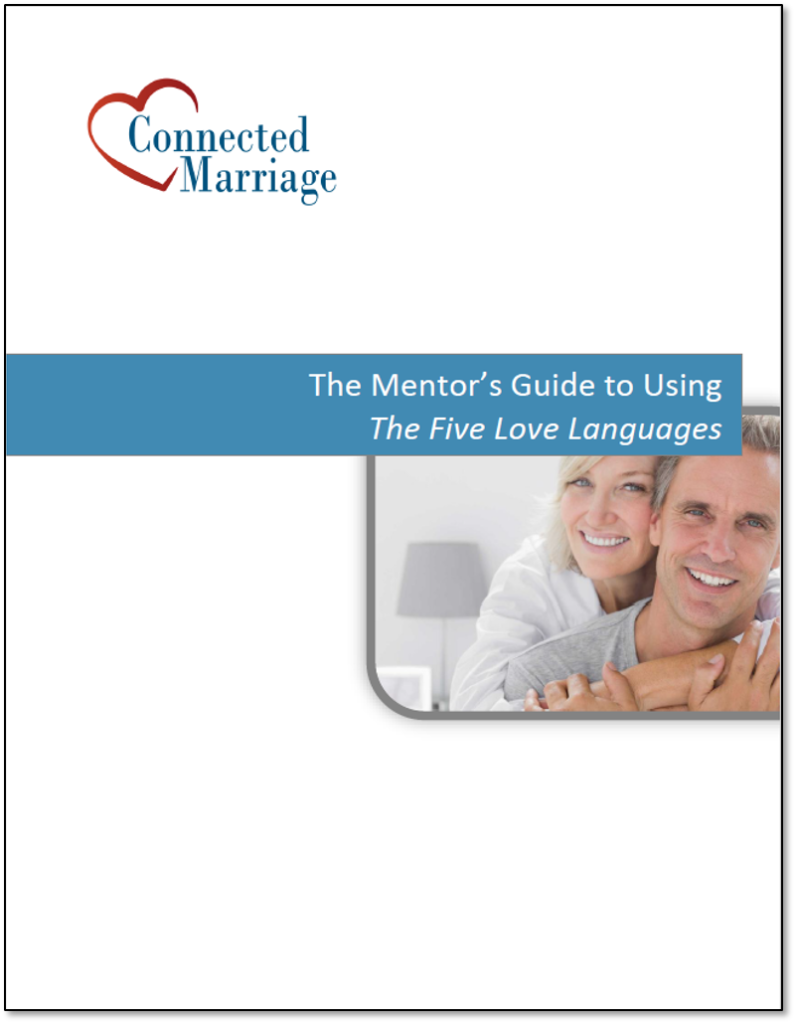4 Steps to Introduce Positive Interactions
John Gottman: Build 5 Positive Interactions for Every Negative Interaction
I looked around the small group and saw some very unsure expressions. My wife and I were leading a small group of couples that wanted to improve their marriage.
I asked, “What brought you here?”
Most of the couples were a bit discouraged and they were looking for hope. They wanted to improve their marriage, but they weren’t sure what to do.
I followed up with another question, “What would make an improvement in your relationship?”
Most of the answers were about what their spouse could change that would make it better. “If my partner would only…” The focus was on what someone else could do.
This is a common start to how a small group discussion goes when we are first beginning. We like to redirect the dialog away from blame and focus on building up a marriage bond.
Step 1: Validate the Hurt
Couples come because something isn’t working. They are often hurt. When we are in pain, it’s hard to see the positive. We focus on what’s hurting us. So, they blame their spouse for the pain.
As marriage mentors, we want to create a very safe place to talk about issues. So, we validate the hurt. This helps people to open up. It says that we understand.
Honestly, unless people feel that you are hearing their pain, it will be difficult to help them to refocus the conversation on how to build their bond.
Step 2: Focus on the Bond
Most couples come to marriage education because they want a better connection. They want to have a great relationship. They want to trust each other and to have a safe relationship.
This becomes the focus. How do you create a better marriage bond? How do you stay connected to each other, even when you hurt?
As marriage coaches, we start by focusing the couple on their end goal – better connection.
Step 3: Explain John Gottman’s Research on the Five to One Ratio
John Gottman is one of the top marriage researchers in the world. His research found that happy marriages have 5 positive interactions for every negative interaction. They have a 5:1 ratio. They are better at creating a positive feeling inside of a relationship.
Couples that ultimately divorce have far fewer positive interactions. They have a ratio of .8:1.
We explain that we want to help the couples to work through their negative interactions, but it’s easier to start with increasing positive interactions. We want them to know that we are taking their pain seriously and we will work on it.
Many couples are thinking, “What about all the past offenses?”
If this comes up I’ll say, “We’ll get to the tough stuff, but it’s far easier to add in more positive than to unwind the negative.”
I think that every person knows what they could do to torpedo an evening. It you want to spoil a great mood, can you think of one or two actions you could do to spoil it?
What about the opposite? Can you think of a few positive things you could do to create a great mood?
Step 4: Choose to Love
Jesus said, “Love your enemies and pray for those who persecute you.” (Matthew 5:44)
I don’t think that Jesus was talking about feeling love for your enemies. The verb in that passage is agape, which refers to love as a decision.
In other words, Jesus was talking about changing our behaviors, regardless of how we feel. He was talking about creating a positive interaction.
Couples assume that they have to feel loving in order to act loving. Gary Chapman writes in The Five Languages of Love, “To claim you have feelings that you do not have is hypocritical… But if you express an act of love that is designed for the other person’s benefit or pleasure, it is simply a choice.”
I often say something like, “I know that you may not feel like being very loving, but are there positive interactions that you could do that would build your bond this week?”
For some couples, this can make a big difference. They come back and report that they feel much more connected to each other. They see that their partner is trying.
I’ll be honest, for some couples this doesn’t help much. They are very much in pain and it’s difficult for them to see past it. I’ve found that it’s helpful to frame the approach in this way.
Later, when we talk about things like healthier conflict, we can go back to healthy conflict patterns that help to build the bond over tearing it down.
Tips:
- Validate the Hurt – Couples may not open up unless you understand and validate that they are hurting.
- Focus on Building the Bond – Direct the conversation to the couple’s goal – building a better relationship.
- Explain John Gottman’s 5 to 1 Ratio – 5 positive interactions for every negative interaction.
- Choose to Love – We can make a choice to do something positive, even if we don’t feel like it.





Comments are closed.